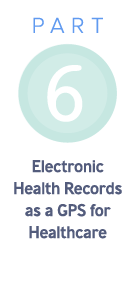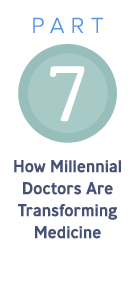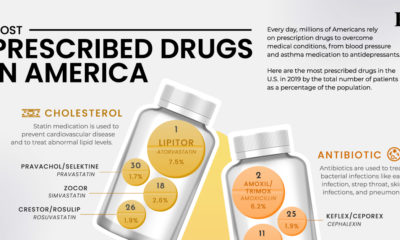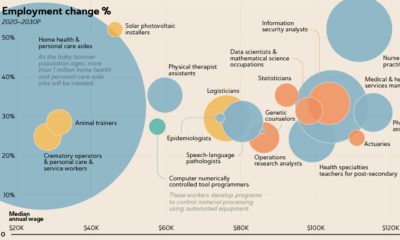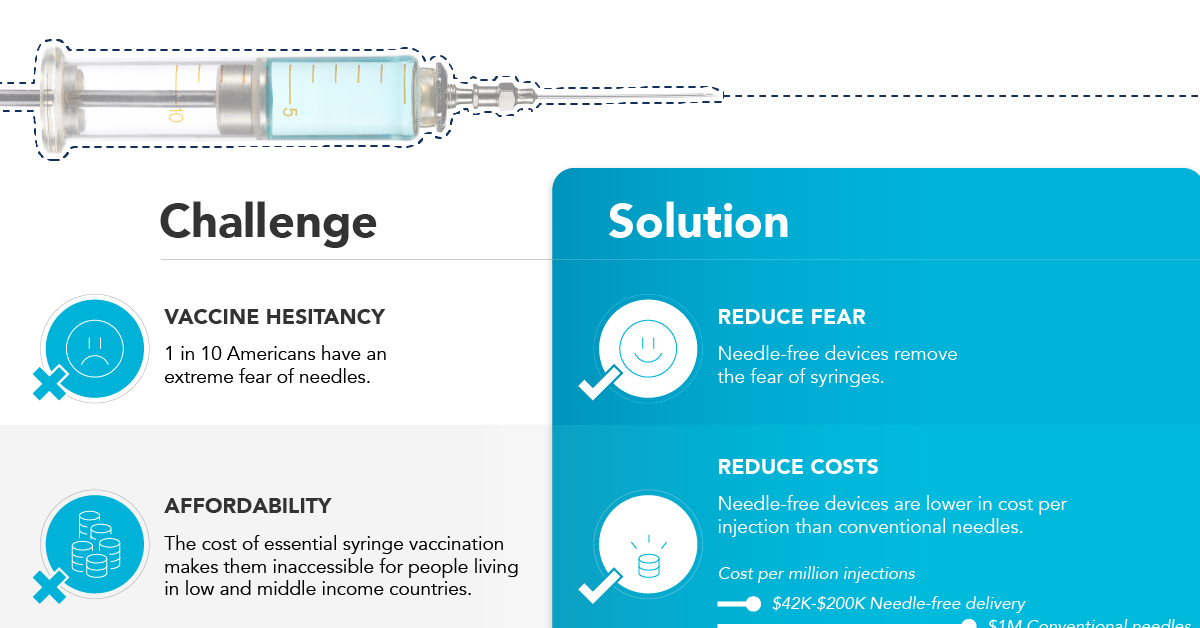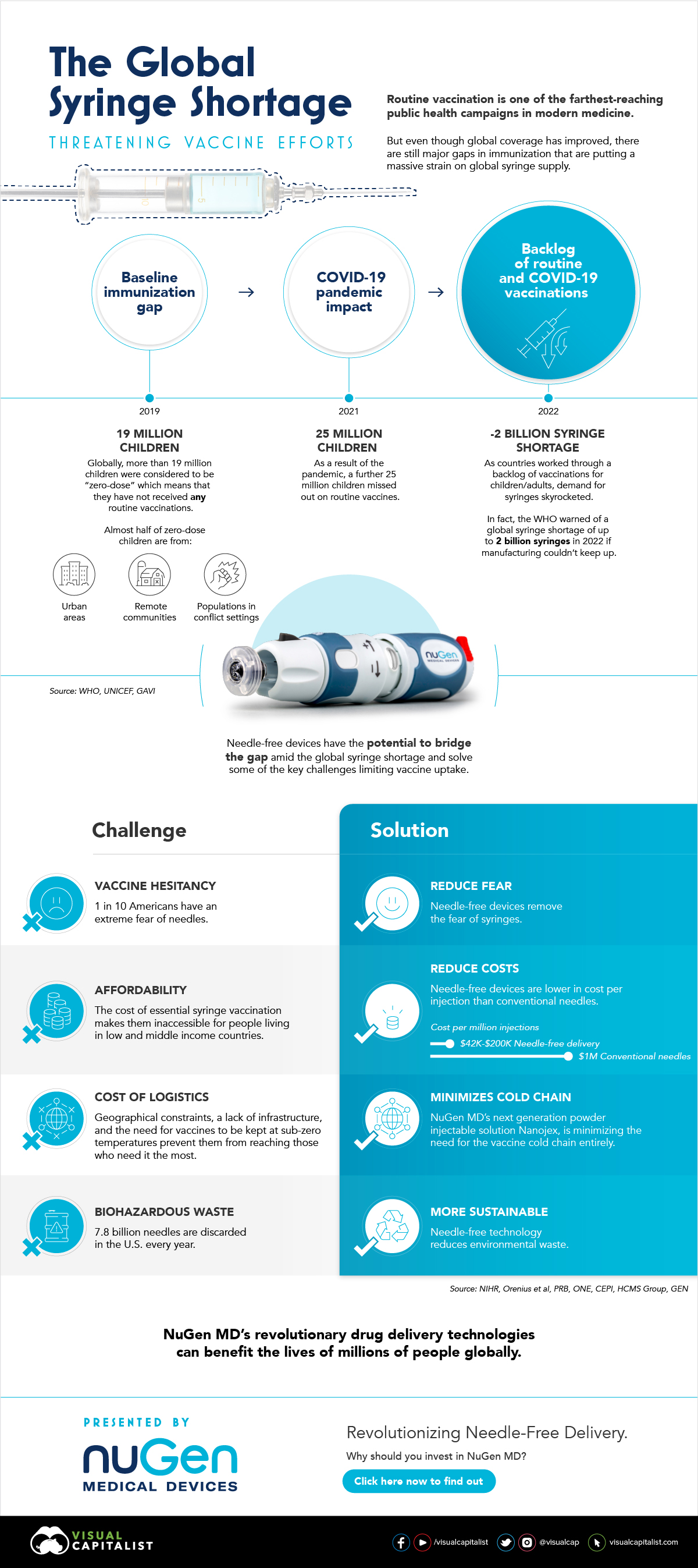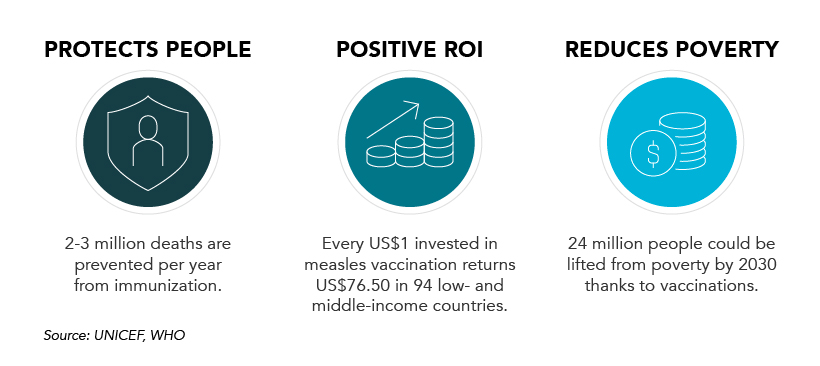These changes are disrupting the status quo of how business has been done for years – and they are even forcing companies to pivot in the areas of business that aren’t as traditionally driven by innovation or R&D. One such area: how companies communicate with potential and active patients.
The Pivot to Content Strategy
Today’s infographic comes to us from Publicis Health, and it shows that technology is changing the way that life sciences and pharmaceutical companies will need to market and inform consumers. For an industry in which one-way communication has traditionally been the norm, a multitude of factors are converging to make it essential for healthcare companies to pivot to a new way of doing things. Instead of using a loudspeaker to broadcast their message, companies must listen to customers while inspiring authentic discussions.
A New Content Model
New media is driving more dynamic content than ever – and with a galaxy of content channels available, massive amounts of information are shared every minute on the internet. But in this new environment, traditional one-way advertising is less effective. After all, it must compete against millions of user-generated posts shared on social platforms. To add to the problem, consumers are becoming skeptical about the health information they find online:
86% of users are concerned about unreliable or inaccurate information on internet sources 30% of users had to checked out four or more websites in their search for information 71% were very concerned that a health-related website would give away or sell their data
How can health companies thrive in this new environment? How can they get the attention of customers, while still remaining credible and authentic?
The Strategic Roadmap
Healthcare marketers need to think about the spaces in which their brand will live, and the different conversations that will need to happen along a patient’s journey. To approach customers on a one-on-one basis with a pivot to content strategy, healthcare brands will need to follow the following framework:
- Purpose: Guiding insight that pinpoints why people will want to use and share the content 2. Personas: An intimate guide to the people whom the content is designed for 3. Platforms: Where content will be the most effective for an audience and brand 4. Pillars: What topics and themes make up the content mix 5. Behaviors: Actions people need to take to help get to better health outcomes 6. Tactics: Sample visualizations of how the audience will be activated in platforms 7. ROI Design: Framework for measuring business success, mapped to existing strategic imperatives A high-quality content strategy can have a far-reaching impact on the bottom line for healthcare companies, improving both health outcomes and business along the way. This is part three of a seven part series. Stay tuned by subscribing to Visual Capitalist for free, as we go into these six forces in more detail in the future. on In the above infographic from NuGen Medical Devices, we explore the factors leading to the syringe shortage and take a look at the company’s innovative needle-free solution that could play an important role in closing the immunization gap.
The Immunization Gap
Even before the COVID-19 pandemic, millions of people around the world struggled to get access to routine vaccinations. In fact, as of 2019 more than 19 million children around the world were considered to be “zero-dose” which means that they did not receive any routine vaccinations. Moreover, when the COVID-19 pandemic hit, global immunization dropped even further with 25 million children missing out on routine vaccines in 2021 alone.
Why is Immunization So Important?
Vaccinations prevent against over 20 life-threatening diseases and save between 2-3 million deaths per year, making them—as the WHO describes—the foundation of healthcare systems and an indisputable human right. As countries work through a backlog of vaccinations to close the immunization gap that has worsened since the pandemic, demand for syringes has significantly increased.
The Result: A Global Syringe Deficit
In 2022, the WHO warned that we could see a shortage of up to 2 billion syringes if manufacturing can’t keep up. This could result in the severe disruption to routine vaccinations and promote unsafe recycling of syringes in order to administer vaccines. But the issue goes far beyond a supply shortage of syringes. COVID-19 has brought conventional syringe vaccines into sharp focus, with many criticizing the challenges associated with them. With conventional needles facing so many challenges, it’s no surprise that investors are taking interest in viable alternatives. What’s more, these alternatives don’t just apply to vaccinations, they can also work for people with diabetes, dentists, and pet care.
Enter Needle-free Devices from NuGen MD
Needle-free devices have the potential to bridge the gap in immunization amid the global syringe shortage, solve some of the key challenges limiting vaccine uptake, and more importantly, benefit the lives of millions of people.
How Do They Work?
NuGen’s needle-free devices use a simple spring-loaded mechanism which uses pressure to release the liquid drug and penetrate the skin. In less than one-tenth of a second, the drug is dispensed more safely and evenly compared to needle syringes. It’s also virtually painless and leaves no mark on the skin.
Interested in investing in NuGen Medical Devices? To learn more about their plans to pioneer the future of needle-free drug delivery, click this link now.





